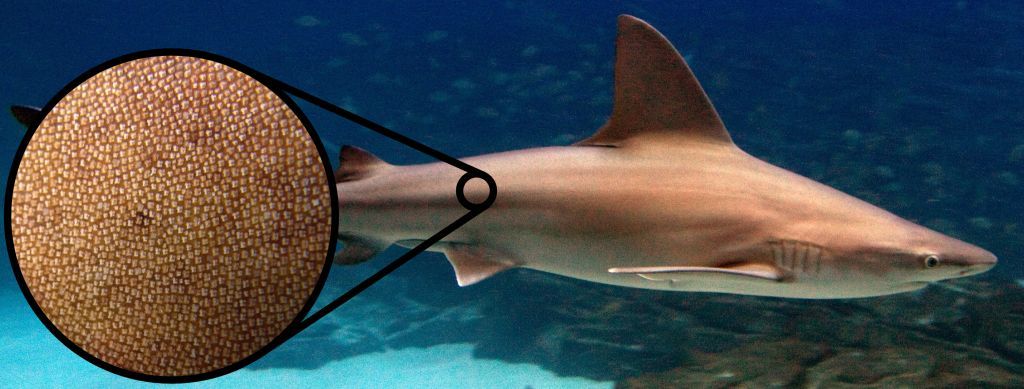Nanotechnology is a relatively recent field that has received worldwide attention. Although many aspects of nanotechnology are man-made, nature itself is truly rich in nano-scale structures. Many fundamental processes in organisms, from cyanobacteria to advanced plants, insects, and mammals, are supported by these nano-structures. The reality is that the concepts of nano-science have been successfully applied to natural forms dating back more than 500 million years. Here are just a few ideas scientists can draw upon as they develop the latest wave of human technology.
Nano-technology seen in the animal world
Nanotechnology is naturally used in many aspects of the animal world, and nano-structures are often found in animals to provide structural coloration and use for locomotion.

Structural colors differ from other traditional pigments such as dyes or pigments. These are mostly based on light absorption, and structural color is based on light scattering. It is a color that is created by micro- and nano-structures that reflect specific light waves. These colors occur when a material is composed of thin layers of fine parallelograms or micro-structures relative to the wavelength scale. This sometimes dynamic reflection is tailored to the organism’s purpose in its natural light environment. Intriguing photonic crystals have been identified in the wings of beetles and the scales of armored butterflies, the feathers of birds, the shells of marine animals, or even the skin of reptiles.
Insects get their vivid colors from photonic crystal arrays. The width of the holes (slits) between the crystal planes is designed to control light to produce certain colors and is made of carbohydrates such as chitosan or proteins such as keratin. Most pigment-based colored surfaces discolor when exposed to sunlight for long periods of time. But structural colors maintain color intensity for surprisingly long periods of time. Another feature is the ability to change the surface color of the body by changing the distance between the crystal planes. The material that fills the spaces between the nanostructures changes the nature of the structural color. To study it easily, the color can be checked after immersing such a specimen in water. Some parts of insect wings are particularly sensitive to air density as well as temperature. Scientists use these structural colors to make humidity and temperature sensors.

Reptiles change their skin color by changing the distribution of natural pigments (pigment distribution) such as melanin in their skin cells. In some cases, reptiles can change the photonic crystal structure in their cells, which can change the way light is reflected on their skin. These crystal distributions give different colors. Many of these animals use this color change to hide from predators and absorb more heat from the sun to warn rivals outside their territory. With this property, several applications of nanomaterials are possible, mimicking butterfly wing structures. Many of the blue and green colors in butterfly wings have been identified as being due to nanostructures. These colors are in the visible range, with a wavelength of about 300–700 nanometers.


Leave a Reply